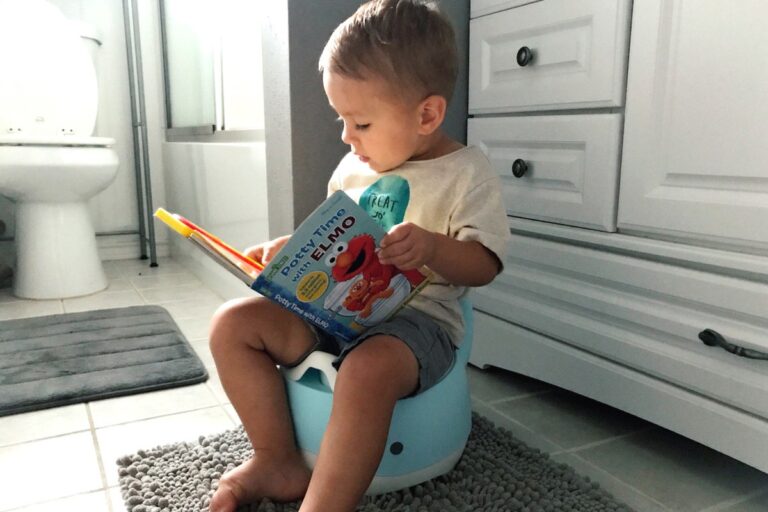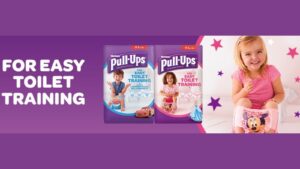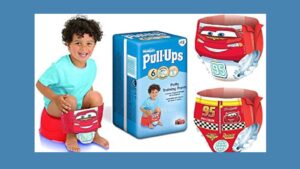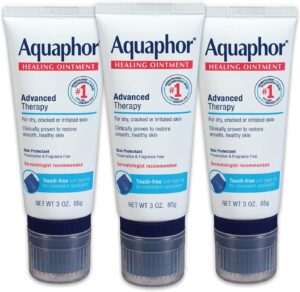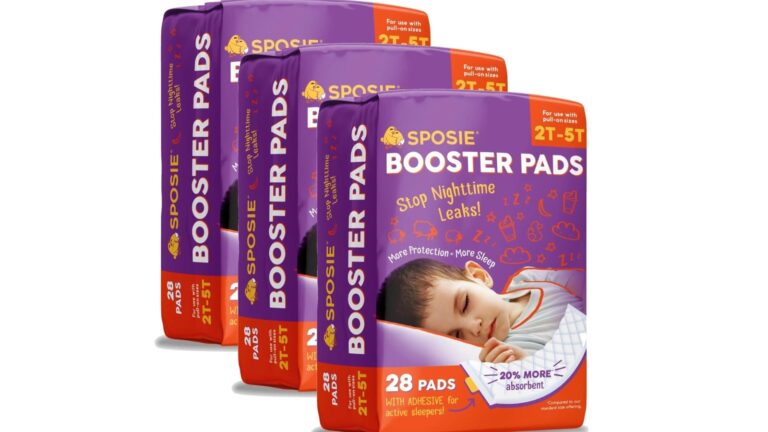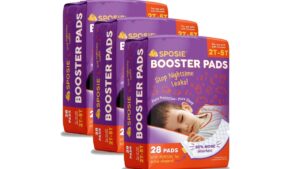Introduction
Potty training is a milestone that every parent looks forward to with a mix of excitement and apprehension. Finding the best potty training chair can make this transition smoother for your toddler and less stressful for you. Let’s dive into everything you need to know about choosing the perfect potty chair and tips to make potty training a success.
Why Choosing the Right Potty Training Chair Matters
Building Confidence in Toddlers
The right potty training chair can empower your child. A comfortable and toddler-sized chair helps them feel in control, making potty training less intimidating. Think of it as giving them their “mini throne” – it’s all about ownership and pride.
Ensuring Comfort and Safety
A poorly designed potty chair can be a recipe for frustration. Wobbly chairs can make kids uneasy, while hard, uncomfortable surfaces might discourage use. Safety features like anti-slip bases are essential for peace of mind.
Encouraging Independent Potty Habits
Kids love feeling “grown up.” A chair that’s easy to use fosters independence, helping them develop lifelong habits.
Features to Look for in a Potty Chair
Size and Portability
Ensure the chair is proportionate to your toddler’s size. Lightweight chairs are a bonus for portability, allowing potty training in different areas of your home.
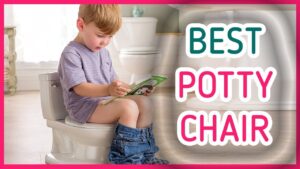
Ease of Cleaning
Look for models with removable bowls or smooth surfaces. Let’s face it – accidents happen, and easy cleanup keeps the process stress-free.
Durability and Stability
Choose a sturdy chair that won’t tip over, even if your child wiggles. High-quality materials ensure the chair lasts throughout the potty training journey.
Fun and Engaging Designs
Many chairs come in bright colors or fun shapes to excite toddlers. Some even have music or sound effects, turning potty time into a fun activity!
Top 5 Best Potty Training Chairs
1. BabyBjörn Potty Chair
- Key Features: Ergonomic design, high backrest, splash guard
- Pros: Comfortable and sturdy
- Cons: Slightly pricier than others
2. Summer Infant My Size Potty
- Key Features: Realistic toilet design, flushing sound effects
- Pros: Engages toddlers with realistic features
- Cons: Requires batteries
3. Fisher-Price Learn-to-Flush Potty
- Key Features: Lights, sounds, and fun music
- Pros: Great for reluctant trainers
- Cons: May be too bulky for small spaces
4. Oxo Tot 2-in-1 Go Potty
- Key Features: Foldable legs, travel bag included
- Pros: Perfect for travel
- Cons: Limited size options
5. The First-Year Training Wheels Racer
- Key Features: Car-shaped design, splash guard for boys
- Pros: Fun and functional for car lovers
- Cons: Not as portable
How to Transition Your Toddler to Using a Chair
When to Start Potty Training
Timing is crucial. Look for signs of readiness, like staying dry for longer periods or showing interest in the bathroom.
Tips for a Smooth Transition
- Introduce the chair early, letting your child explore it.
- Create a schedule and stick to it.
- Celebrate successes with stickers or small rewards.
Overcoming Common Challenges
Accidents are part of the process. Stay calm, encourage your child, and remember that consistency is key.

Benefits of Using a Potty Training Chair
Fosters Independence
Potty training chairs empower kids to manage bathroom needs without constant parental assistance.
Reduces Stress for Parents
No more juggling heavy toilet trainers or frequent bathroom trips. The potty chair is right where you need it.
Portable and Convenient for Travel
A lightweight, foldable potty chair can make road trips and vacations hassle-free.
Expert Tips for Effective Training
Potty training doesn’t have to feel like an uphill battle. Here are some expert-backed tips to make the journey smoother:
Create a Routine
Consistency is your best friend during potty training. Set specific times for your child to use the potty, such as after meals or before bedtime. This establishes a rhythm they can rely on.
Use Positive Reinforcement
Celebrate the small wins! Whether it’s a high-five, sticker, or even a “potty dance,” these rewards build confidence and encourage progress.
Be Patient and Persistent
Every child learns at their own pace. If accidents happen (and they will), stay calm and supportive. Avoid rushing or comparing your child to others.
Mistakes to Avoid When Potty Training
Starting Too Early
It’s tempting to start potty training as soon as possible, but readiness is key. Forcing a child who isn’t physically or emotionally prepared can lead to resistance.
Punishing Accidents
Accidents are normal, and scolding can create fear or shame. Instead, treat these moments as learning opportunities.
Inconsistent Training Practices
Mixed signals confuse toddlers. If multiple caregivers are involved, ensure everyone follows the same routine and approach.
FAQ Section
What Age Should a Child Start Potty Training?
Most children are ready for potty training between 18 to 24 months, but every child is different. Look for signs like staying dry for longer periods, interest in the bathroom, and the ability to follow simple instructions.
How Do I Clean a Potty Chair?
Most potty chairs have a removable bowl for easy cleaning. Use mild soap and warm water to maintain hygiene. Always clean the chair promptly to avoid stains or odors.
Can Boys and Girls Use the Same Potty Chair?
Yes, many potty chairs are unisex. However, some models have features like splash guards specifically designed for boys.
How Long Does Potty Training Typically Take?
The duration varies by child. Some toddlers may be fully trained within a few weeks, while others may take several months. Patience and consistency are crucial.
What If My Child Refuses to Use the Potty Chair?
Refusal is common and usually temporary. Encourage them by making the chair fun, using positive reinforcement, or trying a different chair that excites them.
Conclusion
Finding the best potty training chair can transform a challenging milestone into a rewarding journey. By choosing a chair that suits your toddler’s needs and following expert tips, you’ll set the stage for success. Remember, every child learns at their own pace, and patience truly is a virtue in this process. Equip yourself with the right tools, and watch your little ones take their first steps toward independence!

